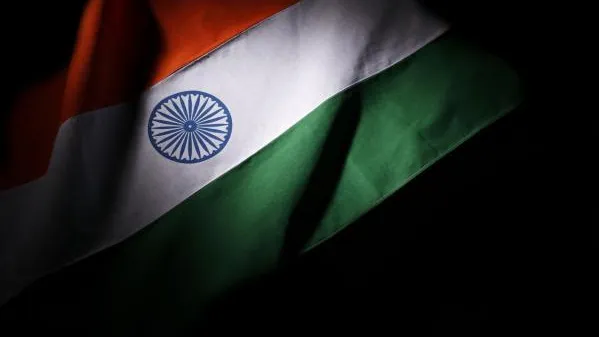
Second wave of COVID infections impairs Indian banks’ performance through 2022
Recovery will be more subdued as households prioritize rebuilding their savings.
Indian banks face systematic risks as the country sorts through the aftermath of the second wave of infections in the country, reports S&P Global Ratings. The infections are expected to impair Indian financial institutions’ performance through the first half of fiscal year 2022.
Lenders have struggled with weak loans well before the pandemic struck and conditions have clearly deteriorated, S&P said.
A COVID resurgence involving new and potentially aggressive variants and an underwhelming vaccine rollout program remain as key downside risks.
"The second wave has front-ended weakness in asset quality," said S&P's Credit Analyst Deepali Seth Chhabria. "Financial institutions face a strained first half amid weak collections and poor disbursements."
The banking sector's weak loans are expected to remain elevated at 11% to 12% of gross loans over the next 12 to 18 months, Chhabria said. Credit losses will also remain high at 2.2% before recovering to 1.8% in the fiscal year ending 31 March 2023.
Limited vaccine supplies and people's reluctance to take doses have also held back the country's inoculation program, Chhabria added. S&P estimates that fully vaccinating roughly 70% of the country will likely take at least until the first half of 2022. This leaves the economic recovery highly vulnerable to COVID setbacks, particularly if fresh outbreaks trigger new lockdowns.
Currently, the Indian economy has only just begun recovery mode in June, following a sharp contraction in economic activity in April and May after the government imposed localized lockdowns across the country to contain the second wave of COVID infections, which has been responsible for about 235,000 deaths.
As a result of the lockdowns, consumption indicators, such as vehicle sales, fell sharply in May 2021 and consumer confidence remains downbeat.
“The latest outbreak has less severely affected the country's manufacturing and exports than was seen during the first wave of infections in 2020, but services continue to be disrupted,” Chhabria said.
S&P expects that the current recovery should be less steep than the bounce that unfolded in late 2020 and early 2021.
“Households are running down savings. A desire to rebuild their cash holding may delay spending even as the economy reopens,” Chhabria said. “Whilst we expect real [gross domestic product] growth of 9.5% in fiscal 2022, this is off a low base.”


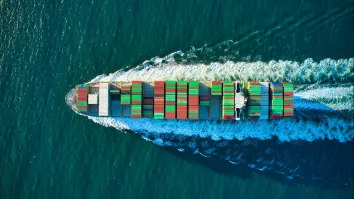





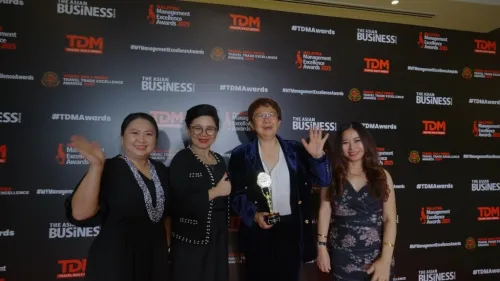

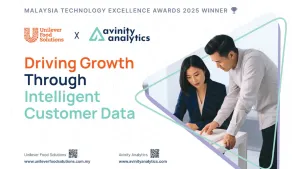


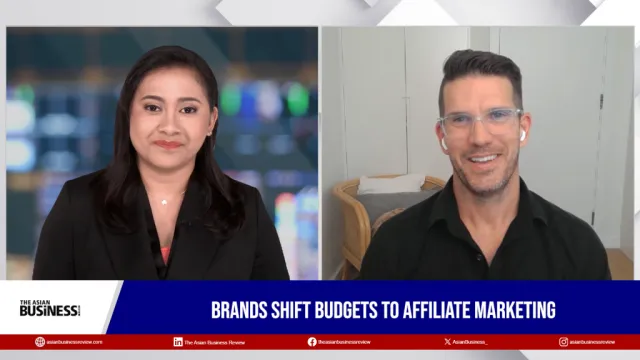



 Advertise
Advertise







